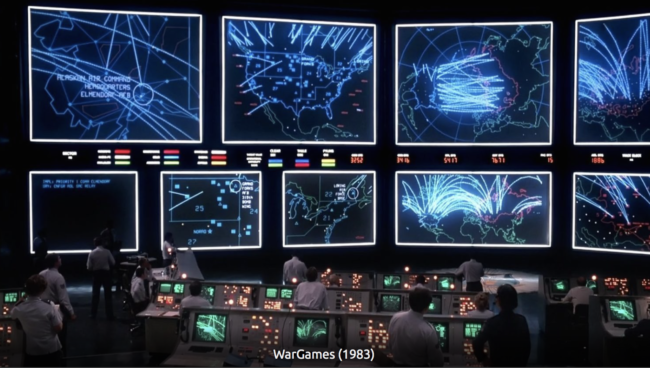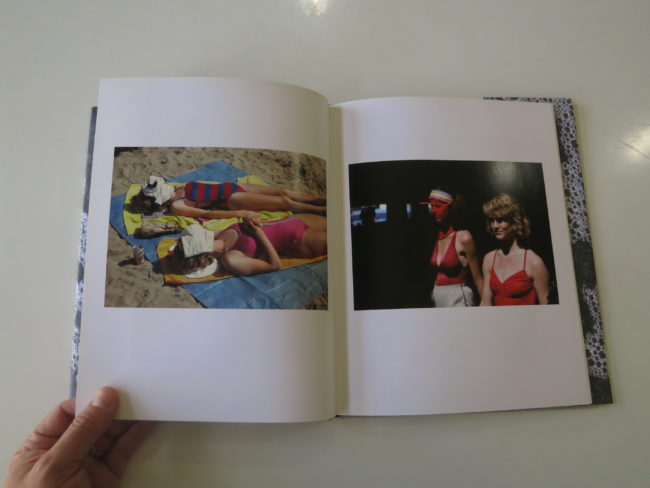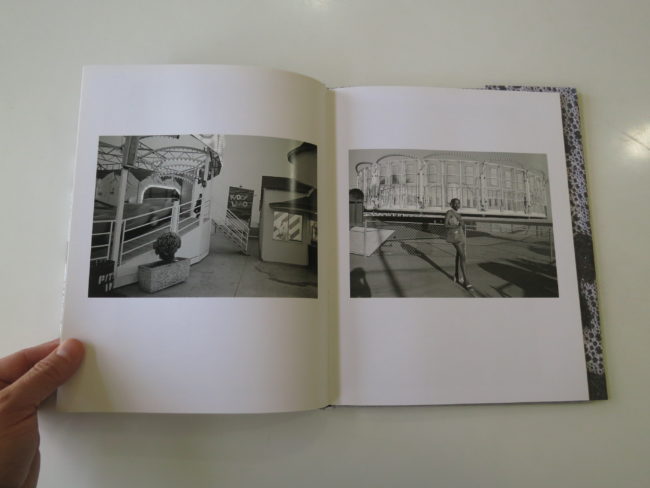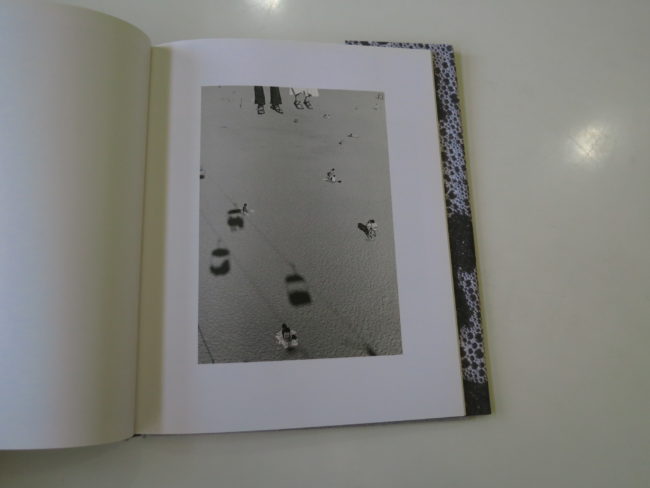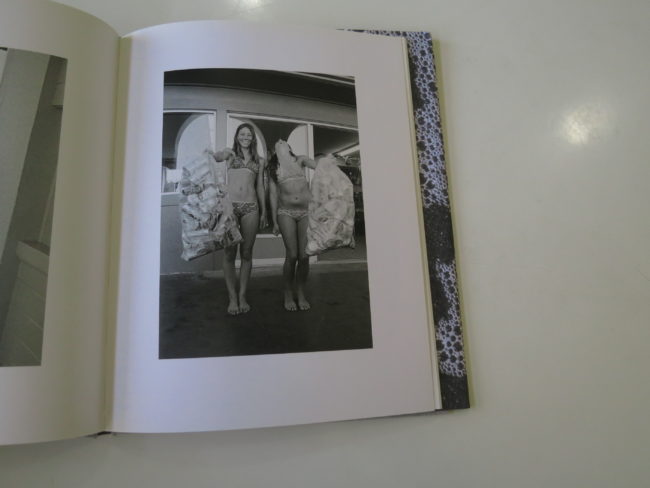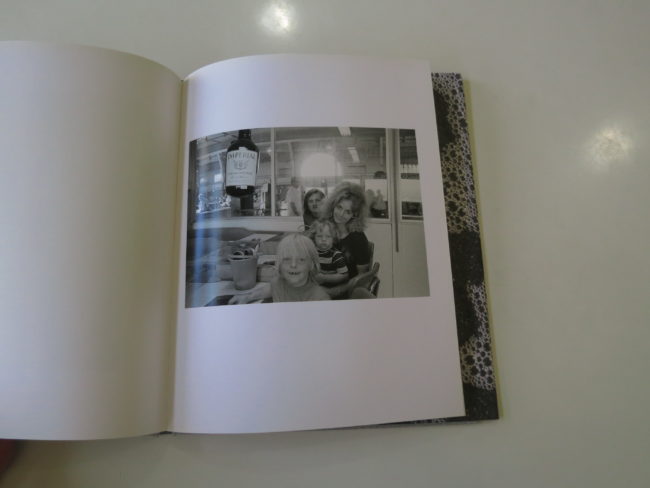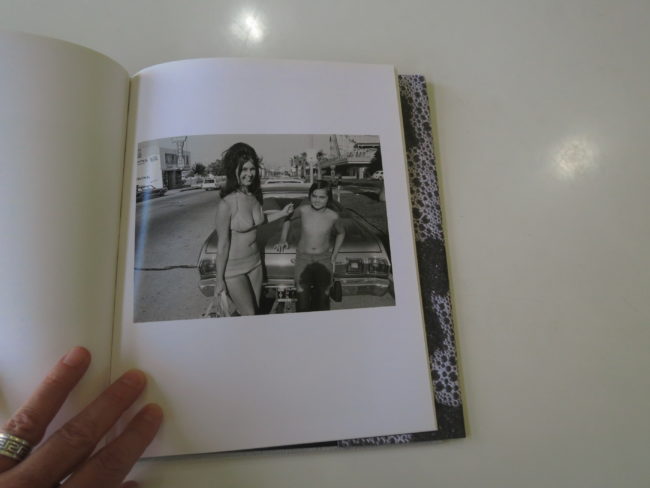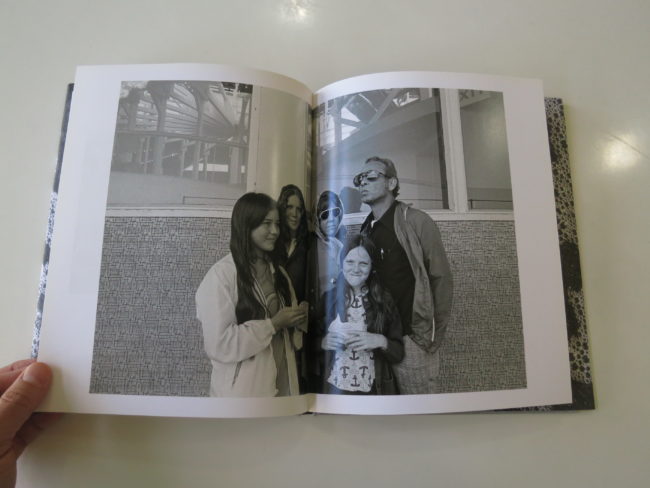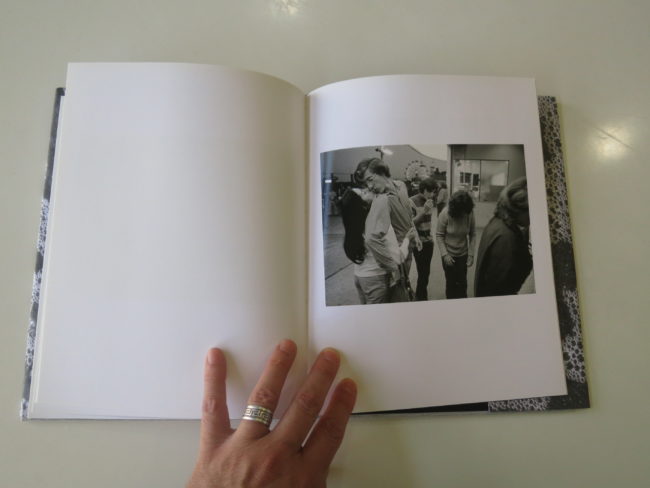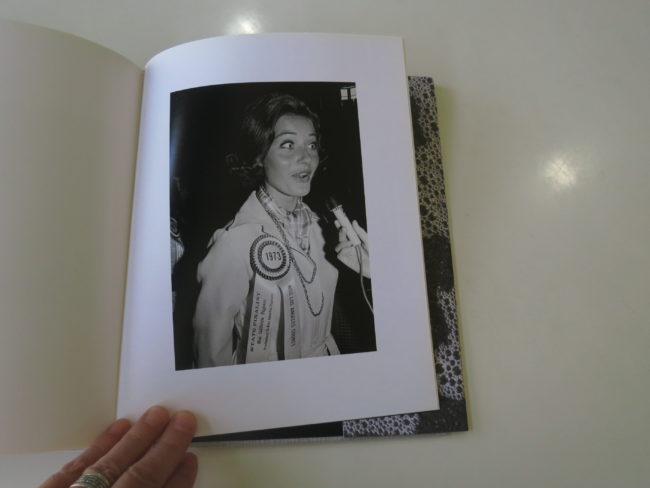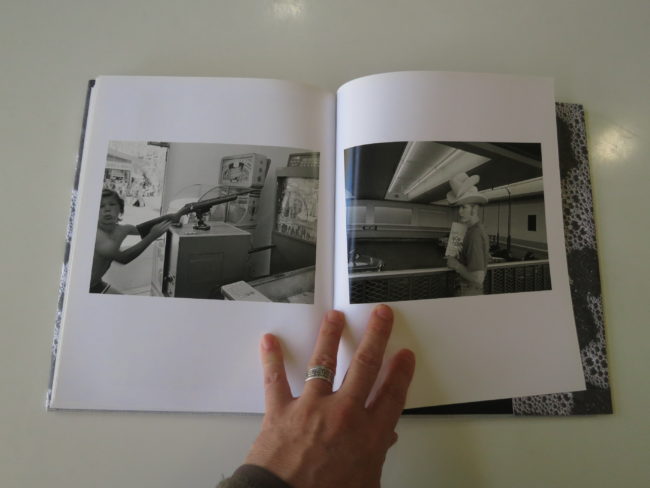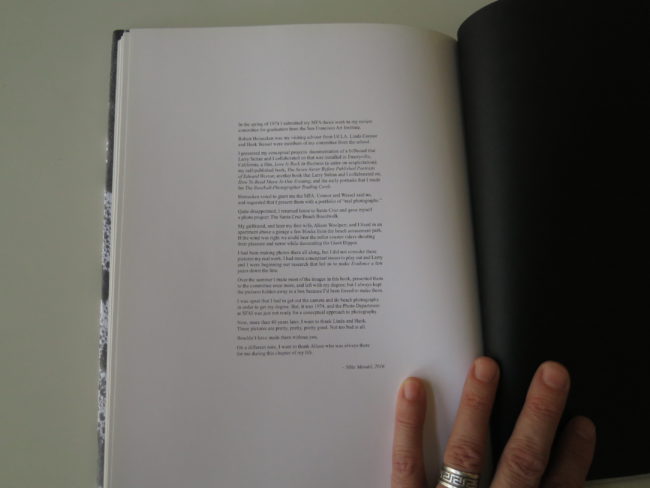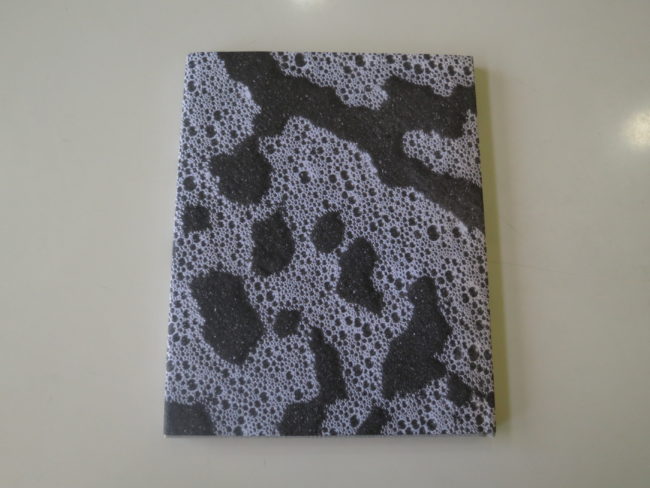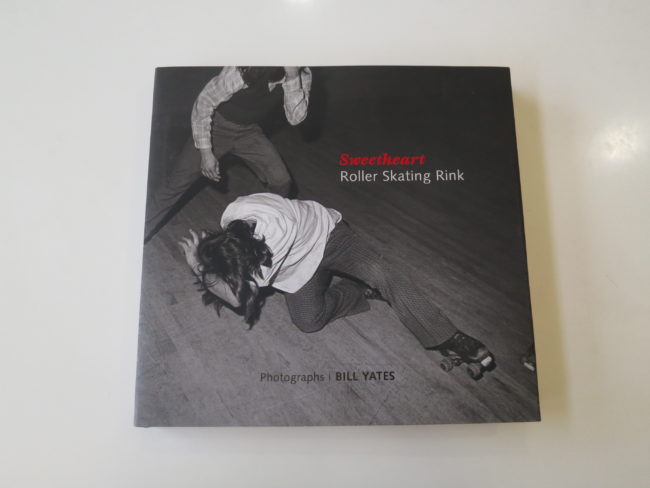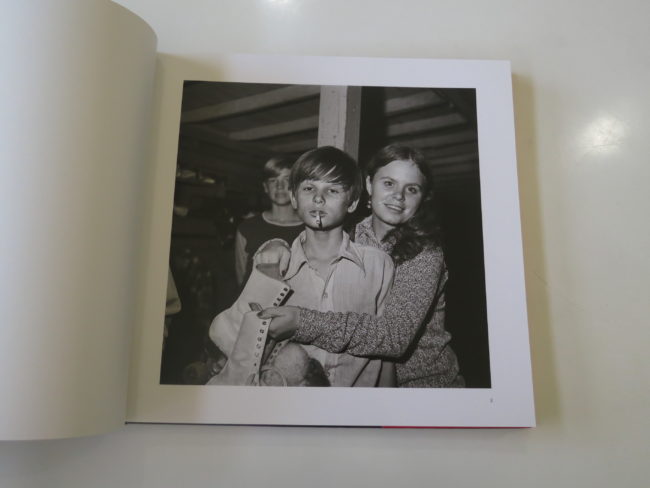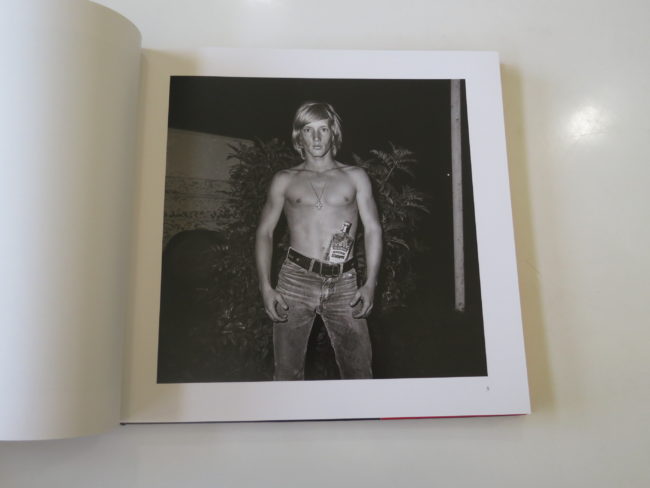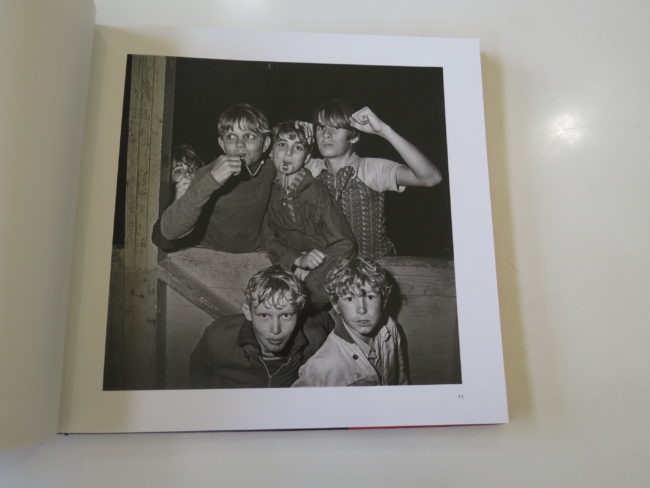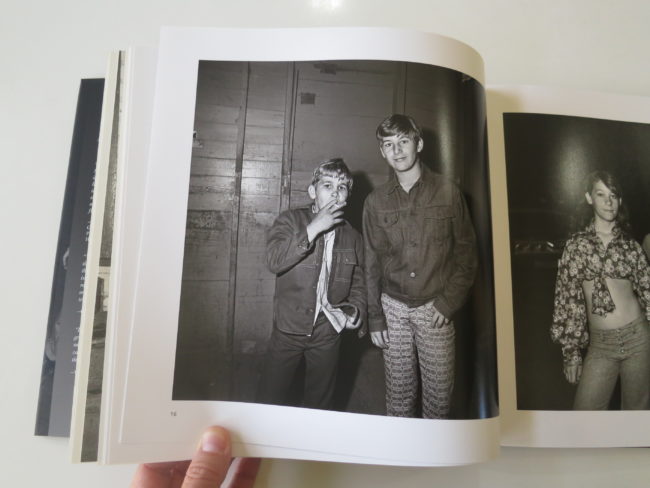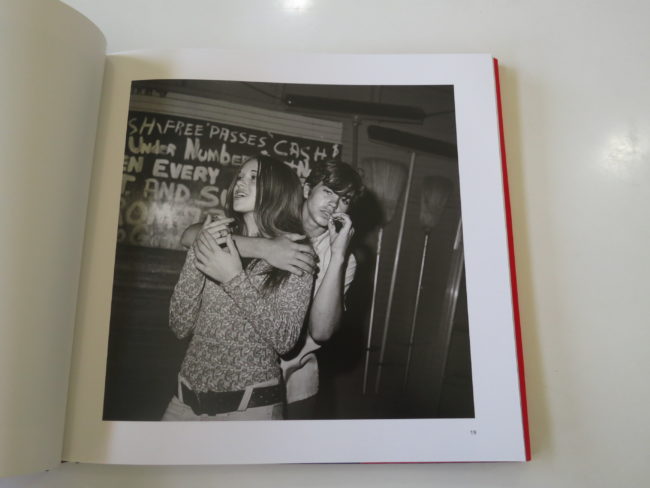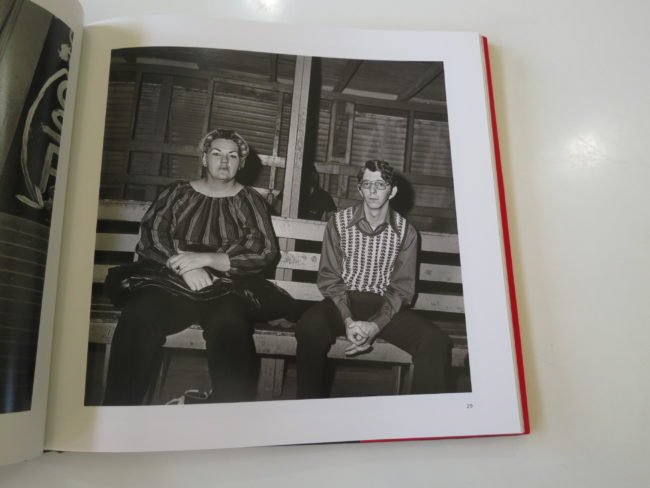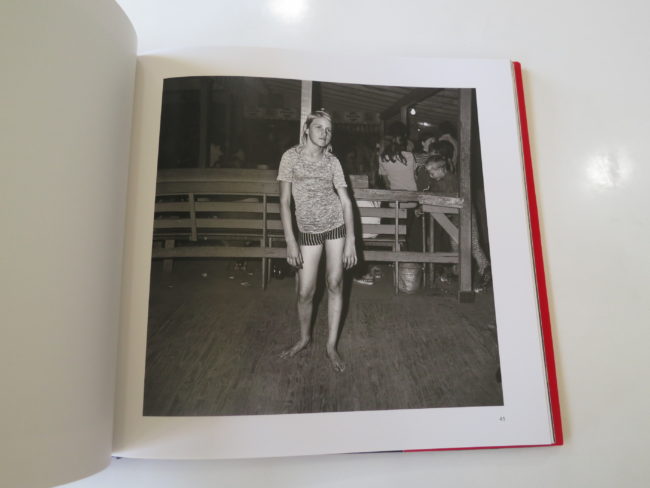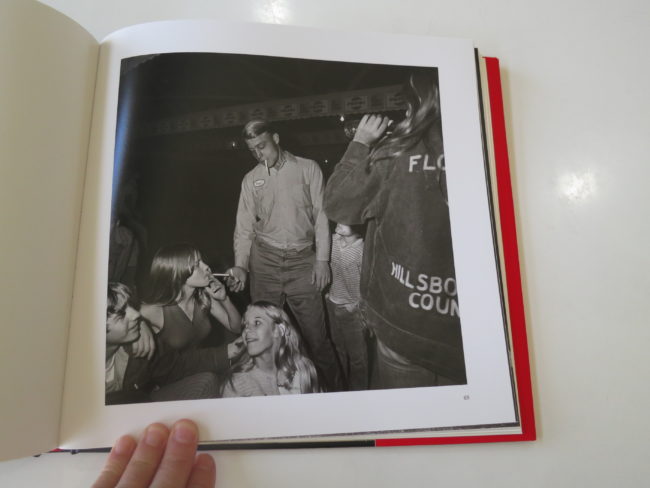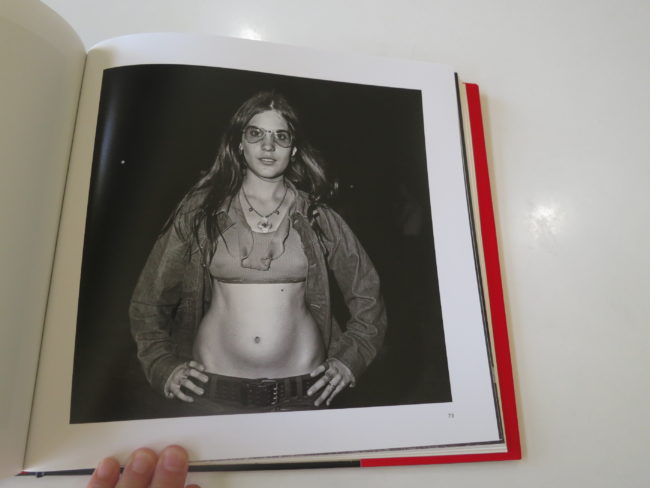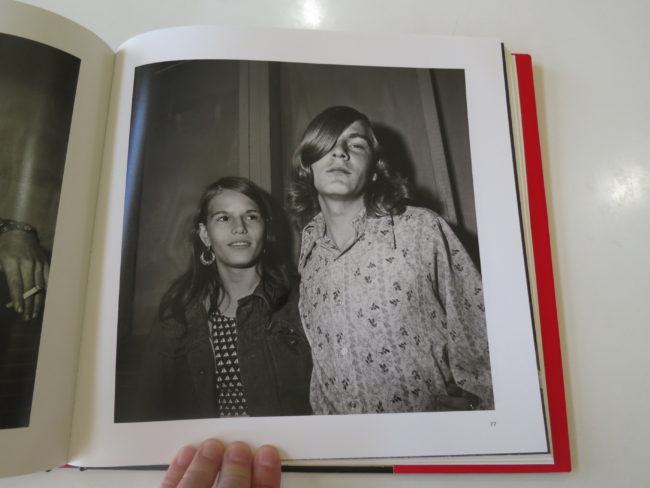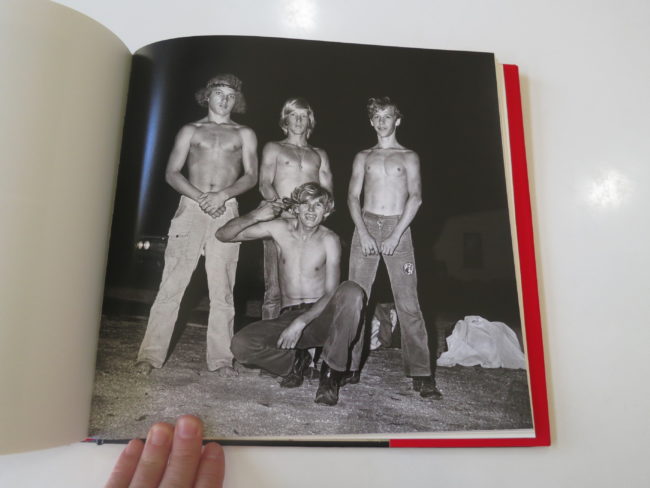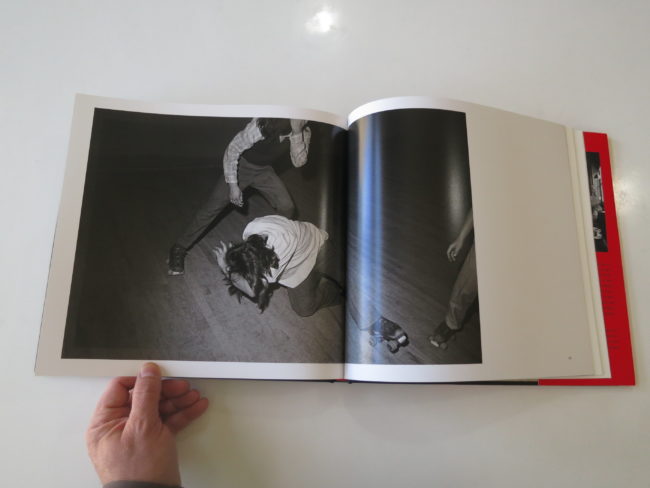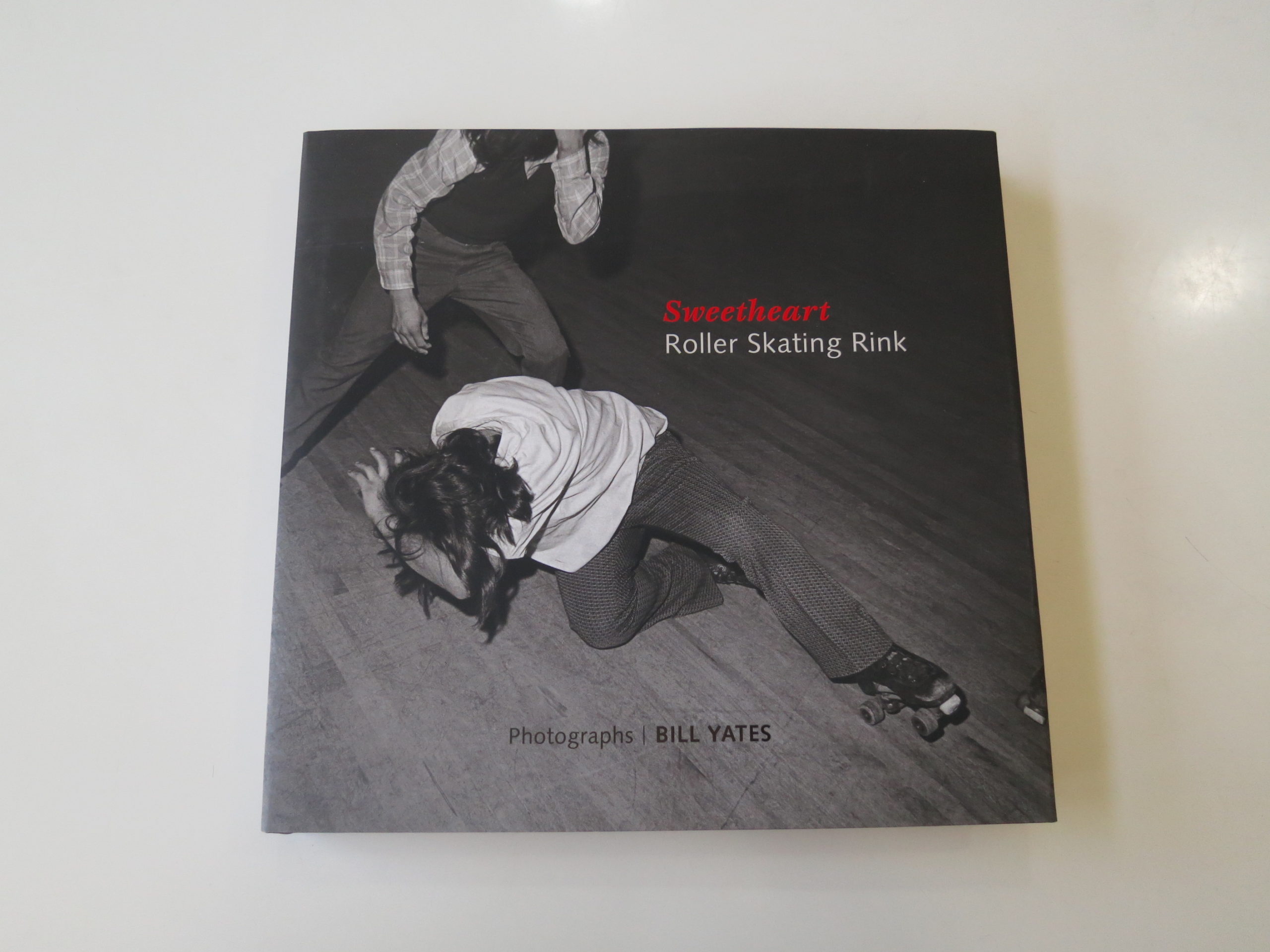
Part 1: The Intro
It’s tempting to glorify the past.
(Mighty tempting.)
I wrote recently, in my eulogy to Robert Frank, that MAGA is really one more expression of the desire to return to the 1950’s.
It’s easy to mock that desire, (and I did,) because it so easily connects to a whiter, more racist and sexist America.
If we were to try to understand it on less nefarious terms, we might agree people associate the 50’s with American dominance, and a more naive, safer, more small-town version of ourselves.
(Before Walmart and the Malls killed small-town shopping districts. Oh wait, I said I’d stay positive.)
Last week, I wrote about #1983, and it came about in the most fascinating, subconscious way.
But the more I thought about it this week, the more the connection made sense. 1983 was a year before a presidential election, with a Republican president who’d begun a massive rightward shift for this country.
As the fall of the Berlin Wall was still years away, the end-of-the-world fear of pending nuclear war, after decades of Cold War, was real.
The Apocalypse was in, as “War Games” came out around then, and then “The Terminator.” (1983 and ’84, respectively.)
My point is that it’s easy to pick a time, as perhaps some people are now doing with the 90’s, and think that life was easier then.
If we were to peg each decade that was once held up as the ur-decade, (like the 60’s) we’d see there was plenty of drama, strife and difficulty too.
Part 2: West Coast Style
I write about photography here each week, (or most weeks these days,) and sometimes I admit to getting bored of it. In my current work, I’ve begun to experiment with sculpture as a way of extending my creativity in other directions.
But in order to keep up a column that is about photography these many years, I find it fun to create mini-themes, and let them play out naturally.
(It always happens best that way.)
So the last three weeks, we’ve had Robert Frank’s photographs from the 1950’s, Hugh Mangum’s images from the early 20th Century, all that 19th Century work from last week, and now…
1972-74.
That’s right: the early 70’s.
If we’re looking for parallels to now, there are none better.
The Nixon years.
I was born in 1974, so technically I was alive when Nixon stepped down, but it’s not in my frame-of-reference. I remember TV and pop culture from about 1977 on. (Close Encounters was ’77, I just checked.)
But this mini-era came just after the raging 60’s, and represents the heart of the Vietnam War.
It was chaotic to the extreme.
Dudes wore beards. (Sound familiar?)
A criminal president got busted, and it was so egregious that his own party finally broke, so he resigned, living in ignominy for a few decades, before being re-embraced shortly before he died.
Clint Eastwood’s Dirty Harry was the big thing going, Charles Bronson terrorized the bad guys, and Steve McQueen was still on the scene too.
A rough-and-tumble America was fighting the Cold War, pointed straight towards a political catastrophe of epic proportions.
Yeah, I think we can all agree it’s a relevant phase to contemplate, RIGHT NOW.
How convenient that when I looked at my bookshelf, I noticed “Boardwalk Minus 40,” by Mike Mandel, published as a part of Subscription Series #5 by TBW Books in Oakland. It happened to be filed a foot or so away from “Sweetheart Roller Skating Rink” by Bill Yates, published by Fall Line Press in Atlanta. (Which Bill gave me when he came through Taos this summer.)
I grabbed Mike Mandel’s book first, and recognized some of the images from a show I’d seen of his work at SFMOMA in Spring 2017. (And I later realized I’d reviewed the Subscription series as well.)
The pictures were made around the Santa Cruz boardwalk in 1974, and it’s kind of dry, compared to some of the other work from that show. The pictures are mostly in black and white, but there are two color images that really pop, early on.
Including one featuring a perfect, vintage Pepsi can.
I once spent a long while contemplating William Eggleston’s Coca-Cola red in a show at Pier 24, but Pepsi is a totally different reference.
Pepsi?
We’re Number 2, not Number 1!
The depiction of a place-in-time feels generic, and outside the palm trees, I’m not sure what places me in California.
Is that the point?
That California was generic?
The pictures feel a little like they’re leering, and it’s something I see more clearly now, in #2019, with my 12 year old son calling out sexism on TV and media with regularity.
(They see it so easily, the young, and yet the ideals were so hard won.)
Then it gets a step beyond, as a young woman leans over to show off her breasts, and we see her nipples. Then more, as two images shows men performing or simulating cunnilingus.
It’s important to remember the artist was young at the time, and even today, people photograph sex and nudity. But it’s hard not to see this book through today’s “woke” lens as well.
As to the pictures, they owe a debt to Garry Winogrand, and Henry Wessel, (RIP,) and it makes a lot of sense. In the end text, Mike Mandel admits that as he made conceptual work at SFAI with visiting professor Robert Heinecken, his main professors, Linda Connor and the aforementioned Wessel, would not graduate him with his MFA in 1974.
So he went to Santa Cruz, leaned into a “for fun” project he’d been messing around with, and shot this series of pictures on the boardwalk, seemingly with a 35mm camera.
It was done as an “I’ll show you,” or a spite project, and it worked, because they gave him his degree. I can see why the sex photos, in that era, would have given the work an extra-edgy feel, as “Deep Throat” and “Debbie Does Dallas” came out in ’72 and ’78 respectively.
Mike Mandel’s end-notes close with a Larry David joke, (if you can believe it,) but to me, pulling these photos out, 40 years later, does justice to the aging process, rather than their inherent strengths.
Part 3: Florida Kids
With “Sweetheart Roller Skating Rink,” though, we have an equally compelling backstory. Bill Yates had just graduated from University of Southern Florida, after a stint in the Navy, and was soon headed to RISD for an MFA, to study with Harry Callahan and Aaron Siskind.
He’s roaming around Florida in 1972, looking for something to photograph, and stumbles upon the Sweetheart Roller Skating Rink in a rural spot outside Orlando. He asks to photograph the place, and the owner invites him back at night, when things are hopping.
Thus began a 7-month-deep-dive into 1973 for Bill, where he came back again and again. Everything was shot with a super-crisp medium format set-up, and I think that repeated engagement, plus the extra photo juice from the bigger negative, makes these pictures more memorable.
That the two books were so close on the book shelf was coincidental, but they have so much in common. The West Coast and East Coast versions of sleepy communities about to be eaten by much larger capitalist forces.
(Silicon Valley and Disney World.)
As to the photographs, like Mike Mandel’s antecedents were clear, here the imprint of Diane Arbus is ever-present, nowhere more so than the photo, on page 76 of the wall-eyed young woman and her less-than-intelligent-looking boyfriend.
But that’s a time-jump, so let’s take a step back.
The book opens with a very 50’s feel to it. Some greaser hair, the old signage, and there’s that Pepsi logo.
Pepsi binding the two books together?
So strange.
It’s only bit-by-bit that the 70’s-era-hair and clothing make an impression, versus the more Southern, rural feel we get out of the locals.
These pictures are awesome, and make me think of some working class images from Northern England.
The kids smoking.
The world-weariness in the eyes.
The book also has a bit more flesh-ogling than I think you’d see today. However, there’s a photo: a guy, kissing a girl, mad-dogs the crap out of the photographer, so it’s almost like he gets his comeuppance.
Though he trained with some amazing people, (as did Mike Mandel, who’s had a long career as an artist and academic,) Bill Yates went into a career as a commercial photographer.
He more or less pulled these pictures out of a box, 40 years later, and quickly ended up with this book, and a big solo show at the Ogden Museum of Art in New Orleans.
It’s a killer project, and it comes out favorably in comparison “Boardwalk Minus 40.”
But comparing and contrasting, saying which is better, is such a 20th Century concept, man.
Now is the age of win-win, and collaboration, so I’ll just say these two books make quite the pairing, and help give us visual reminders that America, and the world, have lived through tough times before.
Photography stops time and saves it for future generations.
So I suppose these last few columns have been my attempt, (subconsciously,) to remind myself, and all of you, that the arc of history is long.
Bottom Line: two cool books showing two Americas in the early 70s
Bottom Line: two cool books showing two Americas in the early 70s
